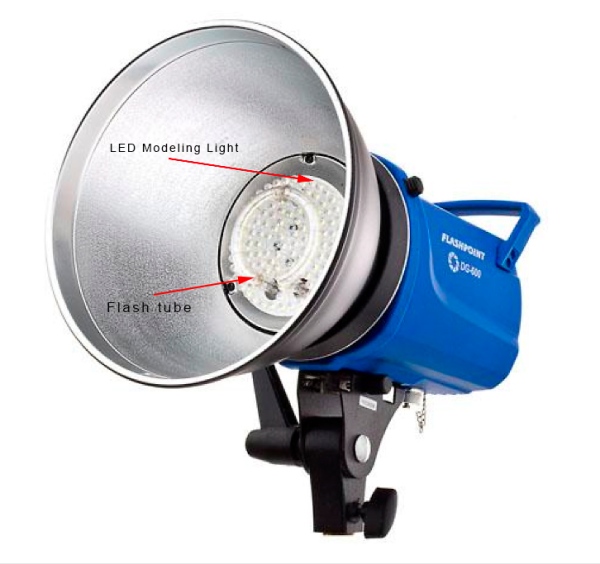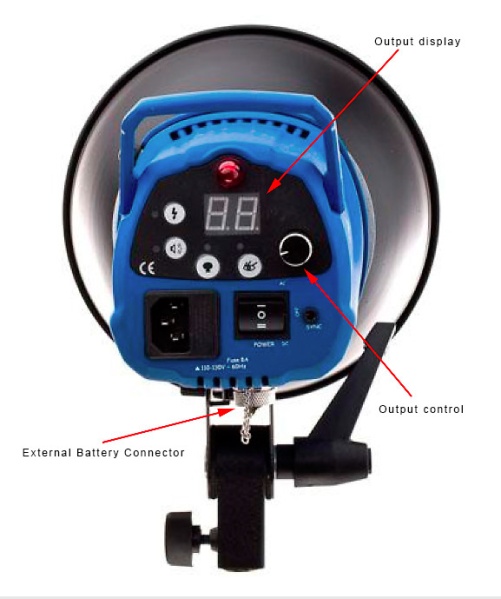I have a new portable flash unit in-house for testing. It is the Flashpoint 180 – a highly portable, lightweight unit that produces up to 180 watt/seconds of output. It comes complete with portable battery pack and charger, a diffuser dome, a reflector, a shoot-through white umbrella, a brief instruction manual, and a carrying case.
According to the manufacturer’s specs, it is capable of up to 700 flashes at full power. Flash duration ranges from 1/400 to 1/1100 of a second, depending on power output selected. Specifications state that color temperature is 5500k +/- 200k, which is reasonable.
The battery pack consists of two Sony rechargeable units housed in a plastic case; these are removed and charged via external charger. The manufacturer provides two charging units. Good news is that 700 shots should get you through a full day’s shooting. If you are shooting consistently outdoors in bright light or direct sun, depending on your needs you may want to get two of these, one of the 180 model, and another of the 400 model, using one for key lighting and the other for fill or add-on.
Overall, this is a lightweight unit, favoring portability over bullet-proof construction. The controls are sturdy and well made, and should hold up over time. Most of the flash body is aluminum, and a diffuser dome does double duty protecting the flash tube and LED-based modeling light. This is definitely not water-proof, so I would take care outdoors in mist or rain.
Power output is controlled via a stepless rotating knob, providing about 5-stops range. A slave sensor is also provided, along with an on/off switch for a triggering audio signal.
An LED modeling light is provided, but it’s anemic at best. Not too surprising, as many people will leave it turned on throughout a shoot, and that will drain batteries quickly.
Adorama also provides a short padded handle which can be inserted into the mounting socket – it’s easy to carry the unit around in the field – you would just clip the battery pack to your belt or carry it in your off hand.
Like any other studio flash unit, time to recycle depends on power output selected. This ranges from 1-5 seconds; not surprising at all on a battery-powered unit supplied by a lower-voltage power pack.
I also like that the unit is Bowens-compatible. As I own some Bowens gear, that’s a big plus in my book. I can use their light modifiers on this flash unit, for example.
Overall, a good, lightweight unit, highly portable and suited for use in the studio or just about anywhere you want to go.
Link to the Adorama page: http://www.adorama.com/FPBPLB.html











